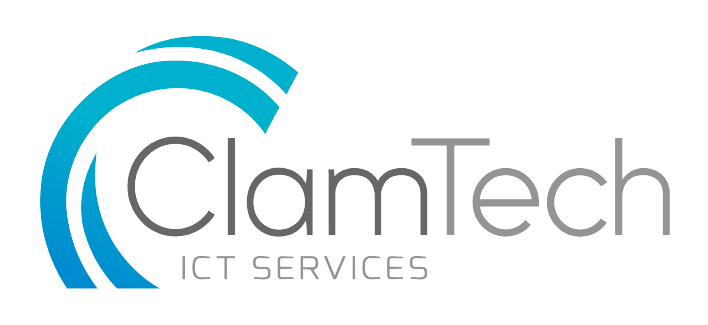5 Pro Tips for Safer Browsing
It’s not surprising that these days everyone is getting hacked. We spend most of our time on the internet, yet have no idea on how to protect ourselves against cybercrime.
When surfing the web, you leave a trail of data behind. Internet service providers, ad networks and social media websites can access this data and use it for commercial purposes. There are various ways one can secure their data so as to browse the web more securely and privately.
Here are 5 basic cybersecurity tips for keeping your data safe on the internet:
- Virtual Private Network (VPN)
This service allows users to hide their internet traffic from their service provider. But this still sends all your internet traffic to the VPN provider and most free VPN providers sell your data to show you targeted ads. Even premium providers are often accused of not even encrypting customers’ data.
The best VPN providers are the ones you could create and control yourself, such as, Algo VPN. This setup allows you to control the connection, server and your data.
- Secure Domain Name System (DNS)
This converts web addresses to computer-readable IP addresses. Most devices automatically use the one set up by the internet provider. This means that your internet provider has access to all the websites that you visit. Moreover, in the US, Congress passed a law that allows internet providers to sell users’ browsing history to advertisers. This is why it is essential for you to have a secure and private DNS. Google’s Public DNS, for instance, is very easy to set up on your device or router. Cloudflare’s secure DNS is another great alternative, which encrypts your traffic, does not sell data to advertisers and only stores data for a maximum of 24hrs. You can get started with Cloudflare here: https://bit.ly/2Il6P9Q
- HTTPS
Using HTTPS-enabled websites ensures one has a secure connection from their device to the website that they are browsing. Major websites are generally HTTPS-enabled. This makes it virtually impossible for anyone to have access to your online traffic or steal your data. Private and public generated keys are stored in your server and used to encrypt and then decrypt data in transit. Even when using a public Wi-Fi connection, an HTTPS-enabled website will protect you from spies on your network. Not every website you visit will be HTTPS-enabled or it may not be activated. This is why it is heavily recommended to use a browser extension that loads websites in HTTPS, by default. Such tool can be found here: https://bit.ly/18qiajr
- Get rid of Web plug-ins
You are more than likely to have forgotten about Flash and Java. This is due to them becoming obsolete. These plug-ins allow users to access interactive content on their browser. These have been replaced by HTML5, a technology integrated into web browsers. Thus, it is highly advisable that you remove such plug-ins from your browser. Most of these contain bugs and make your system more liable to attack, even by just being installed.
- Install plug-ins and extensions to increase security
Ad-blocker – apart from blocking ads, this protects you against harmful code that can track your web traffic. This extension also loads websites much faster. A popular open-source blocker can be found here: https://bit.ly/1QB8qq6
Cross-site tracker blocker – very small trackers are hidden on websites that track users from one website to another, in order to learn more about each user and serve the most suitable ads. When enabling this type of extension, users are somewhat hidden on the internet and are not visible to trackers. The following is reliable tool that gets the job done: https://bit.ly/19X2aH0
